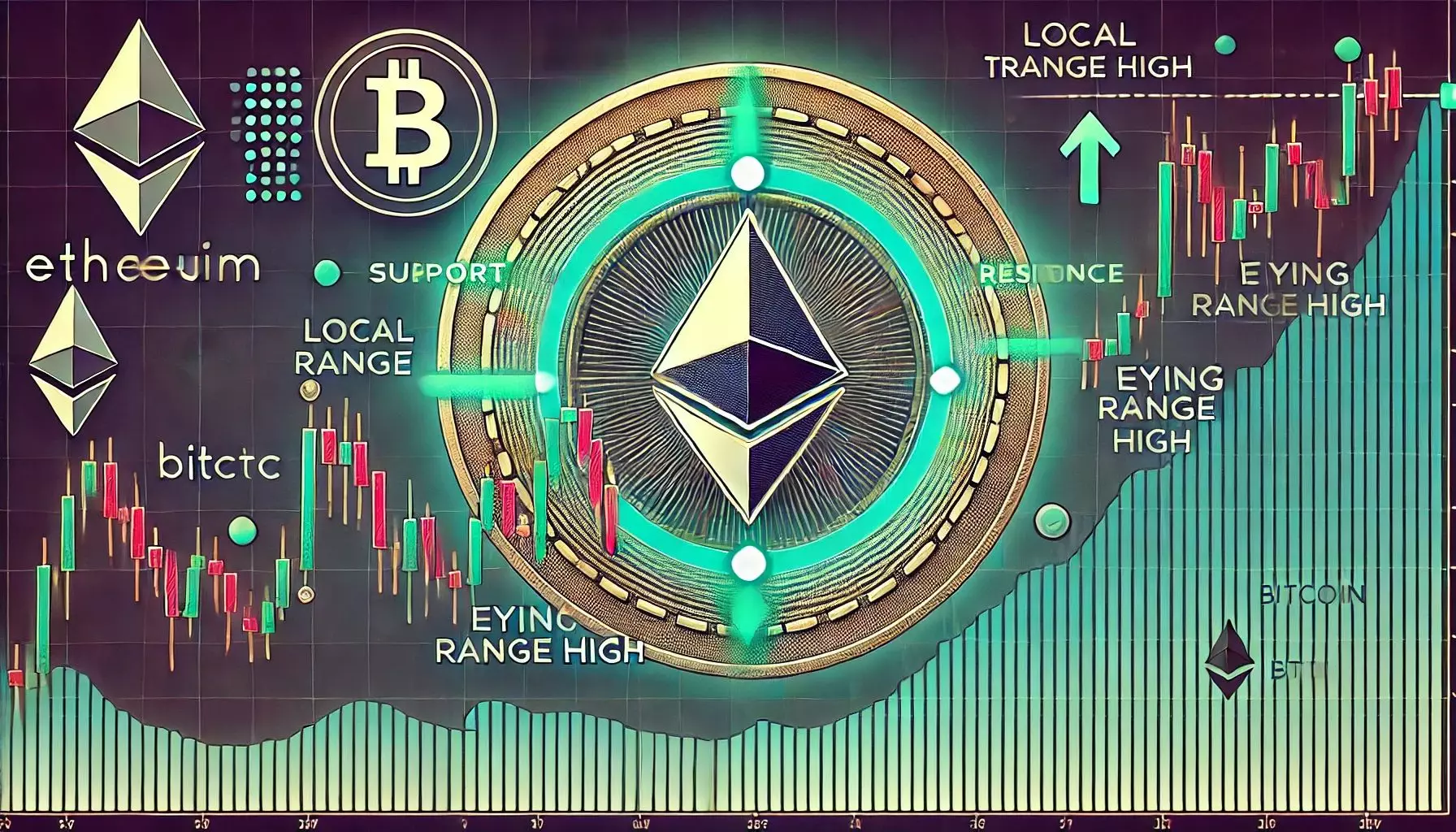Ethereum stands at a crucial juncture as it struggles to reclaim the $1,850 mark. Recent global trade disputes, particularly between the US and China, alongside a noxious macroeconomic landscape, have created a milieu of uncertainty. The fears surrounding these trade conflicts weigh heavily on investor sentiment not just within Ethereum but across various risk assets, especially cryptocurrencies. Investors find themselves questioning the sustainability of any positive momentum amidst indicators that suggest economic weakness. When the global trading environment is fraught with tension, it’s no wonder that cryptocurrencies are experiencing turbulent waters.
While Ethereum’s stability above critical support levels may seem promising, those optimistic interpretations can come crashing down if external factors continue to unravel. The ongoing trade feud—a seemingly endless source of anxiety—could lead to a climate where the cryptocurrency market is left grappling with unprecedented instability. Thus, even at a glance, it becomes clear: Ethereum’s current performance is more a reflection of external forces than its intrinsic value or technical prowess.
A Flicker of Resilience Amidst Overwhelming Odds
Despite the macroeconomic challenges, some analysts have begun to perceive a glimmer of hope within Ethereum’s recent price movements. Noteworthy predictions stand out, particularly those emphasizing a potential shift in market sentiment, driven by Ethereum’s performance relative to Bitcoin. The early signs of a bullish structure emerging across lower time frames do provide some optimism. Analysts advocate that such developments might create a momentum shift, one that could signal readiness for a more substantial rally—if only the conditions permit.
However, even this cautiously optimistic outlook fails to escape the grip of reality. Analyst Daan’s observations of Ethereum’s strength as it regains its local range underscore the volatility rampant within this space. Yes, a comeback could trigger movement across a wider spectrum of altcoins, yet this almost feels like wishful thinking when the ongoing geopolitical tensions could arise at any moment. The rhetoric surrounding Ethereum’s “resilience” seems almost naïve when contrasting it with the realities of a market fraught with risk, actively solidifying doubt among investors.
The Bull vs. Bear Tug-of-War
With Ethereum’s fortunes hanging in the balance, the ongoing battle between bullish and bearish forces has intensified. Investors are placing their bets on two diverging scenarios: a grand breakout leading to glorious highs or a catastrophic failure that could plunge Ethereum below the vital support level of $1,300. The stakes are high, and the demand for clarity is palpable. Bulls, emboldened by the whispers of recovery, are pushing hard to reclaim significant resistance levels, while bears lurk in the shadows, ready to pounce should the momentum falter.
It begs the question: is this a robust bull market in the making, or simply a mirage hiding a stark reality? Investors who champion the bullish case want to believe that Ethereum can break through obstacles that have historically hindered its growth. Yet, there is a prevailing sense of skepticism. Will the optimism of the bulls materialize into a genuine recovery, or will Ethereum find itself further bogged down by external pressures?
The Role of Technical Indicators
As Ethereum languishes around $1,800, the role of technical indicators cannot be overstated. Experiencing hours of tight trading between $1,850 and $1,725 has clued in astute traders to the importance of maintaining momentum. Holding above the critical 4-hour 200 MA and EMA signals that short-term strength might still flourish. However, vigilance remains essential; a slip below these crucial levels would open the floodgates for renewed bearish activity, further underscoring the precariousness of Ethereum’s current standing.
While high-level theories about potential recoveries swirl, they hinge significantly on these quantum shifts in the trading variances. The chaotic landscape can flip from optimism to despair in the blink of an eye, and any hint of a bearish turn could mean disaster for short-term investors. This notion becomes increasingly apparent as emotions run high, and the broader economic backdrop struggles to maintain any semblance of stability.
The Impending Catalyst
What Ethereum needs most right now is a catalyst—something to kickstart momentum and spur upward movement. Whether that will arise from a stabilization of the broader markets, a bullish Bitcoin rally, or a sudden easing of geopolitical tensions remains to be seen. Cryptocurrencies generally operate on principles of speculation, and without something concrete to anchor investors’ hopes in, there’s a real danger that Ethereum could plunge back into a bearish rut.
Yet, as Ethereum flirts with its pivotal moment, one question emerges: are those bullish catalysts strong enough? Can they withstand external shocks to the system? The faith in Ethereum’s growth potential remains—bolstered by its underlying technology and community. However, a refusal to acknowledge the challenges will only hinder its overall recovery, and it places the cryptocurrency in a dangerous position that demands respect and caution.

